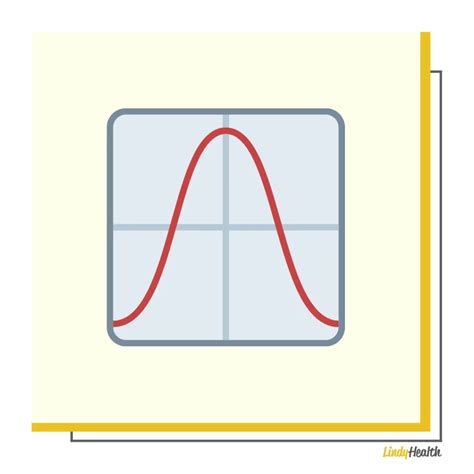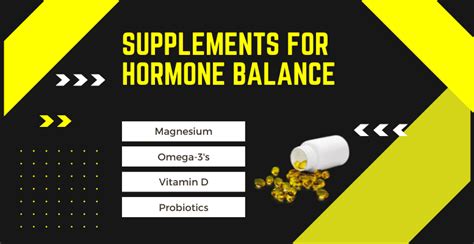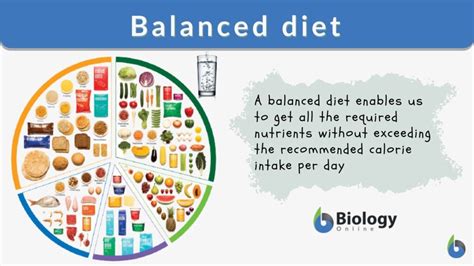Optimize testosterone for peak performance: Which lifts and nutrition strategies work?

Unlocking Peak Performance: The Role of Testosterone
Testosterone, often hailed as the king of male hormones, plays a critical role far beyond just muscle growth. Optimal testosterone levels are fundamental for energy, mood, cognitive function, bone density, and, crucially, peak athletic performance. While numerous factors influence this vital hormone, strategic strength training and targeted nutrition stand out as two of the most powerful natural levers we can pull to optimize testosterone production. For anyone aiming to maximize their physical and mental edge, understanding and implementing these strategies is key.

The Power of Lifts: Training for Testosterone
Not all workouts are created equal when it comes to stimulating testosterone. To truly maximize your body’s natural hormone production, your training regimen needs to prioritize intensity, compound movements, and adequate recovery.
Compound Movements are King
Forget isolation exercises as your primary focus. The most effective lifts for testosterone optimization are those that engage multiple muscle groups simultaneously, triggering a greater hormonal response. These include:
- Squats: Barbell back squats, front squats, and goblet squats are excellent. They work the quads, glutes, hamstrings, and core.
- Deadlifts: A full-body powerhouse, deadlifts stimulate a massive hormonal release by engaging nearly every muscle group, especially the back, glutes, and hamstrings.
- Bench Press: Whether flat, incline, or decline, the bench press targets the chest, shoulders, and triceps, contributing significantly to upper body strength and hormone response.
- Overhead Press: This fundamental lift works the shoulders, triceps, and core, demanding full-body stability.
- Rows: Barbell rows, dumbbell rows, and T-bar rows are crucial for back development and balance, complementing pressing movements.
Aim for heavy loads (65-85% of your one-rep max) for 3-6 sets of 4-8 repetitions for these compound movements. This intensity signals to your body that it needs to adapt and get stronger, partly by increasing testosterone production.
Intensity, Volume, and Progression
To consistently challenge your body and keep testosterone levels rising, focus on progressive overload. This means gradually increasing the weight, reps, sets, or decreasing rest times over time. High-intensity interval training (HIIT) can also contribute, but the bulk of your effort should be on heavy resistance training. However, beware of overtraining; chronic, excessive training without sufficient recovery can actually suppress testosterone.

Prioritize Recovery
Muscles don’t grow in the gym; they grow during recovery. Adequate sleep (7-9 hours of quality sleep per night) is non-negotiable for testosterone production. During deep sleep, the body performs crucial repair processes, including hormone synthesis. Chronic sleep deprivation is a known testosterone killer.
Nutrition as a Foundation: Fueling Hormone Production
Your diet is just as critical as your training in influencing testosterone levels. It’s not about magic pills, but rather providing your body with the raw materials it needs to produce hormones efficiently.
Healthy Fats: Essential for Hormone Synthesis
Contrary to outdated advice, dietary fat is not the enemy. Healthy fats, particularly saturated and monounsaturated fats, are the building blocks for testosterone. Incorporate sources like avocados, olive oil, nuts, seeds, fatty fish (salmon, mackerel), and grass-fed red meat. Aim for around 20-30% of your daily caloric intake from healthy fats.

Adequate Protein Intake
Protein is vital for muscle repair and growth, which indirectly supports testosterone levels by maintaining a healthy, lean physique. Target 0.8-1 gram of protein per pound of body weight from sources like lean meats, poultry, eggs, dairy, and legumes.
Strategic Carbohydrates
While low-carb diets have their place, severely restricting carbohydrates can sometimes negatively impact testosterone and thyroid function, especially for active individuals. Complex carbohydrates provide essential energy for intense workouts and help manage cortisol levels (which can suppress testosterone). Opt for whole grains, fruits, and vegetables to fuel your body and replenish glycogen stores.
Key Micronutrients: The Supporting Cast
- Zinc: Crucial for testosterone production and sperm health. Found in oysters, red meat, poultry, beans, nuts, and whole grains.
- Vitamin D: More accurately a hormone, Vitamin D is directly linked to testosterone levels. Get regular sun exposure and consider supplementation, especially in colder months.
- Magnesium: Involved in over 300 enzymatic reactions, including those related to testosterone. Found in leafy greens, nuts, seeds, and dark chocolate.

Hydration
Often overlooked, sufficient water intake is fundamental for all bodily functions, including hormone regulation. Dehydration can impair performance and overall physiological processes.
Holistic Approach and Lifestyle Factors
While lifts and nutrition are primary drivers, a holistic approach amplifies results. Manage stress effectively through meditation, hobbies, or spending time in nature, as chronic stress elevates cortisol, which can suppress testosterone. Maintain a healthy body fat percentage; excessive body fat (especially visceral fat) increases estrogen and reduces free testosterone.

Conclusion
Optimizing testosterone for peak performance is an achievable goal through a disciplined and informed approach. By prioritizing heavy, compound lifts, ensuring adequate recovery, and fueling your body with a nutrient-dense diet rich in healthy fats, quality protein, and strategic carbohydrates, you create an environment ripe for natural hormone optimization. Couple these strategies with sufficient sleep and stress management, and you’ll not only elevate your testosterone but also unlock a new level of physical prowess, mental clarity, and overall well-being. Start implementing these strategies today and feel the difference.








